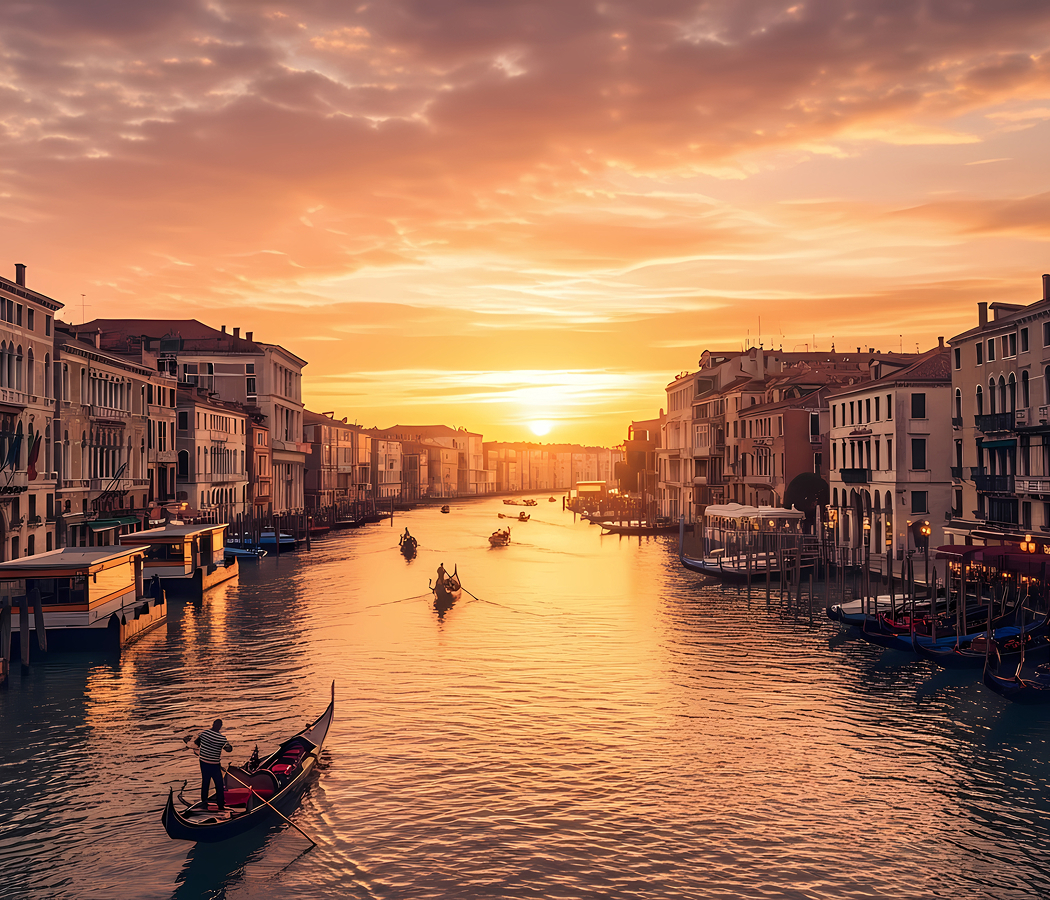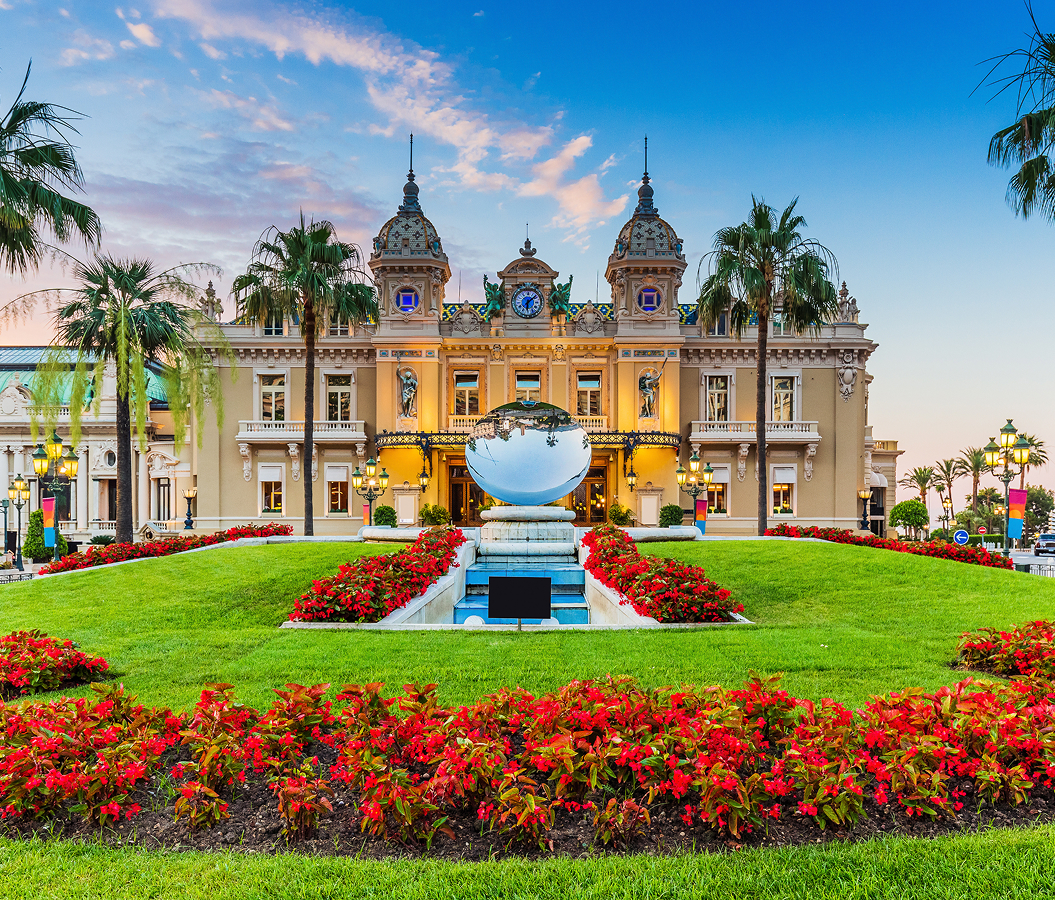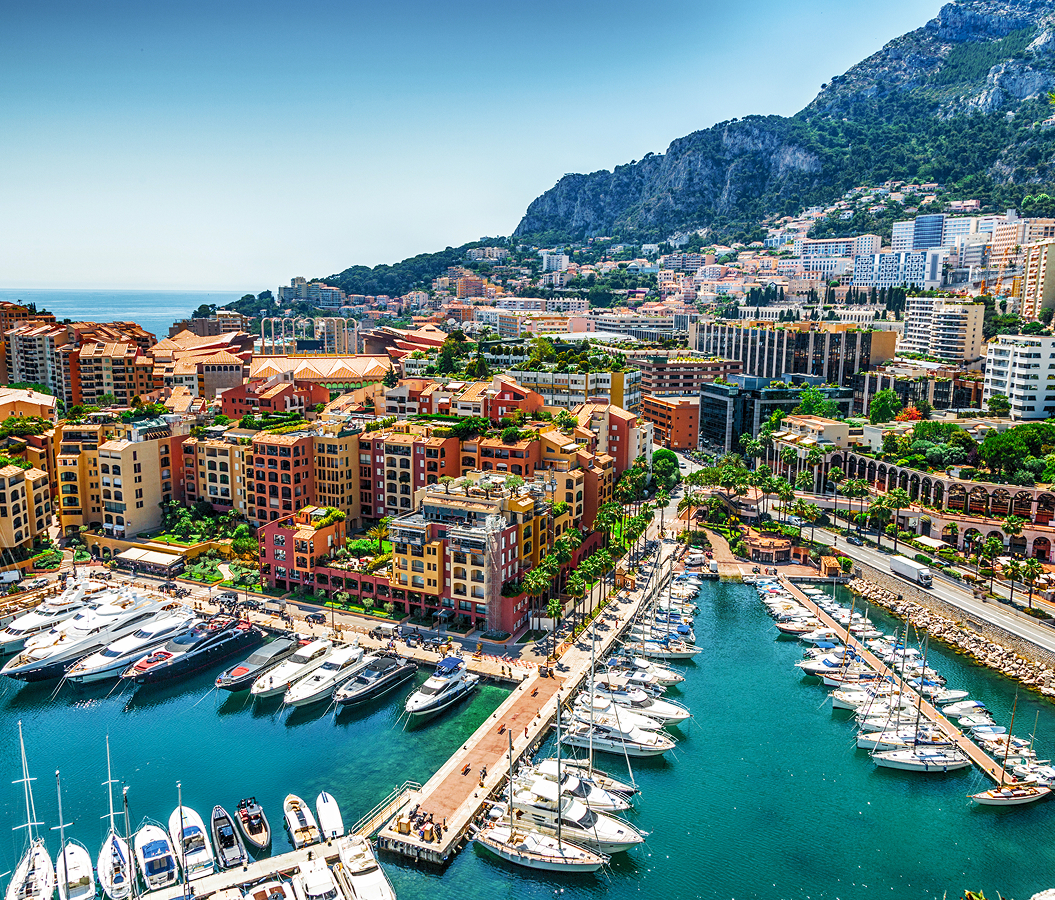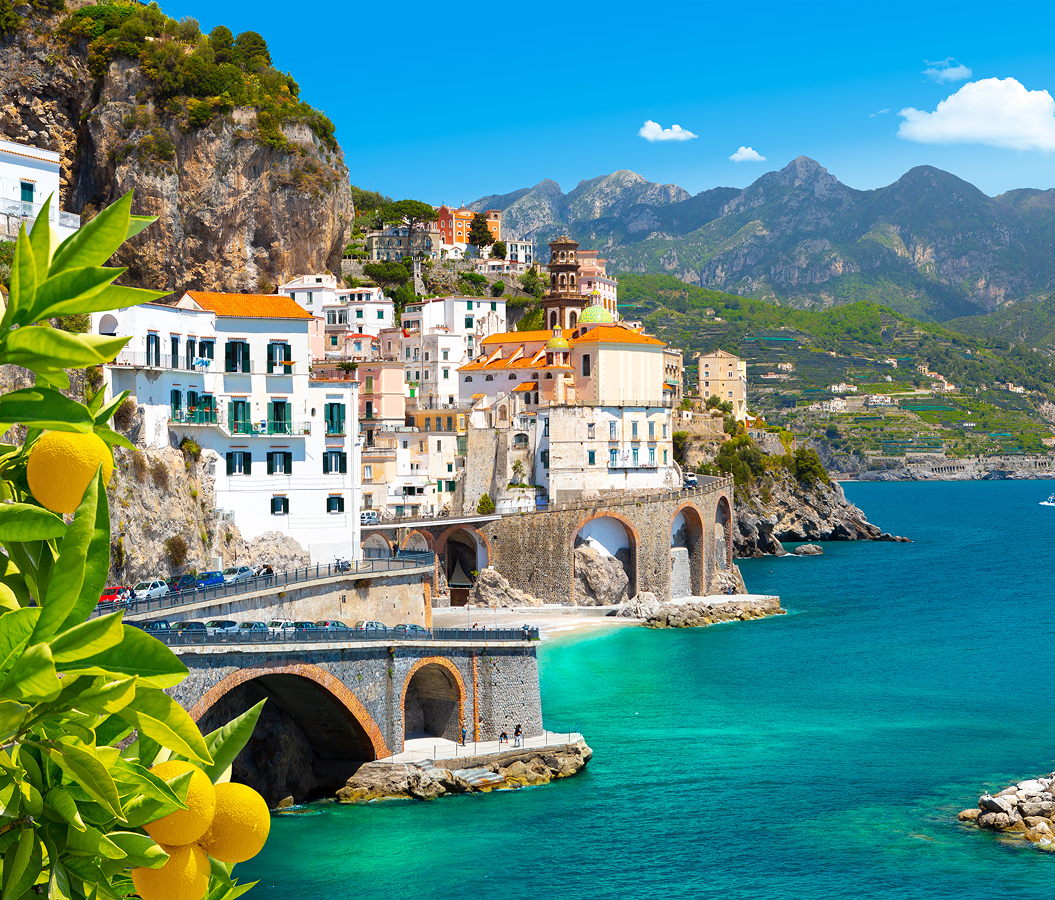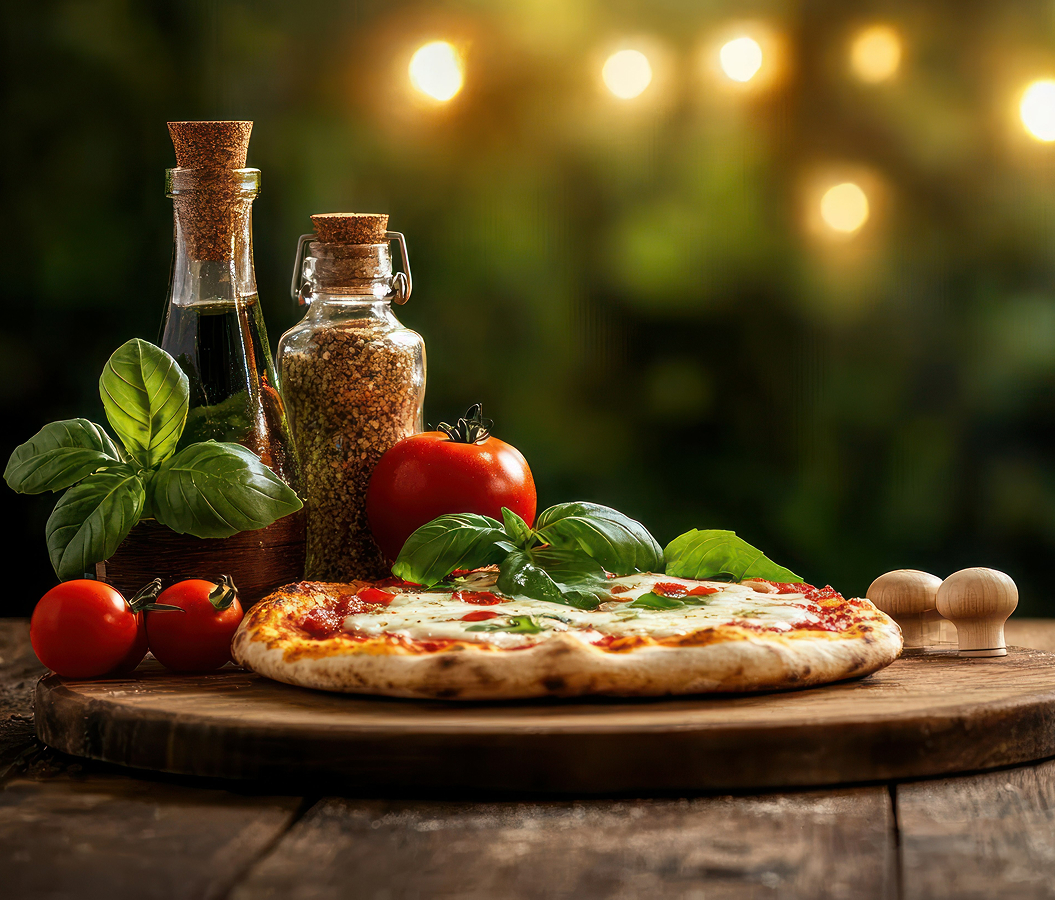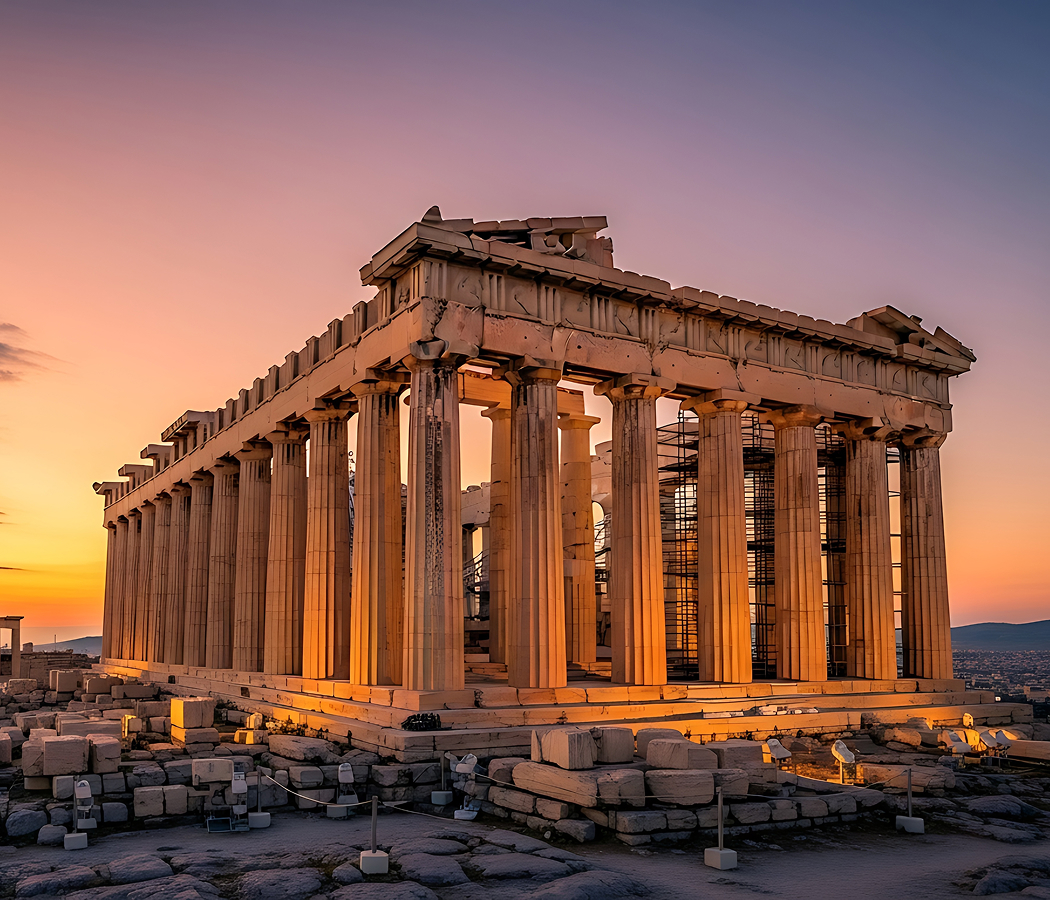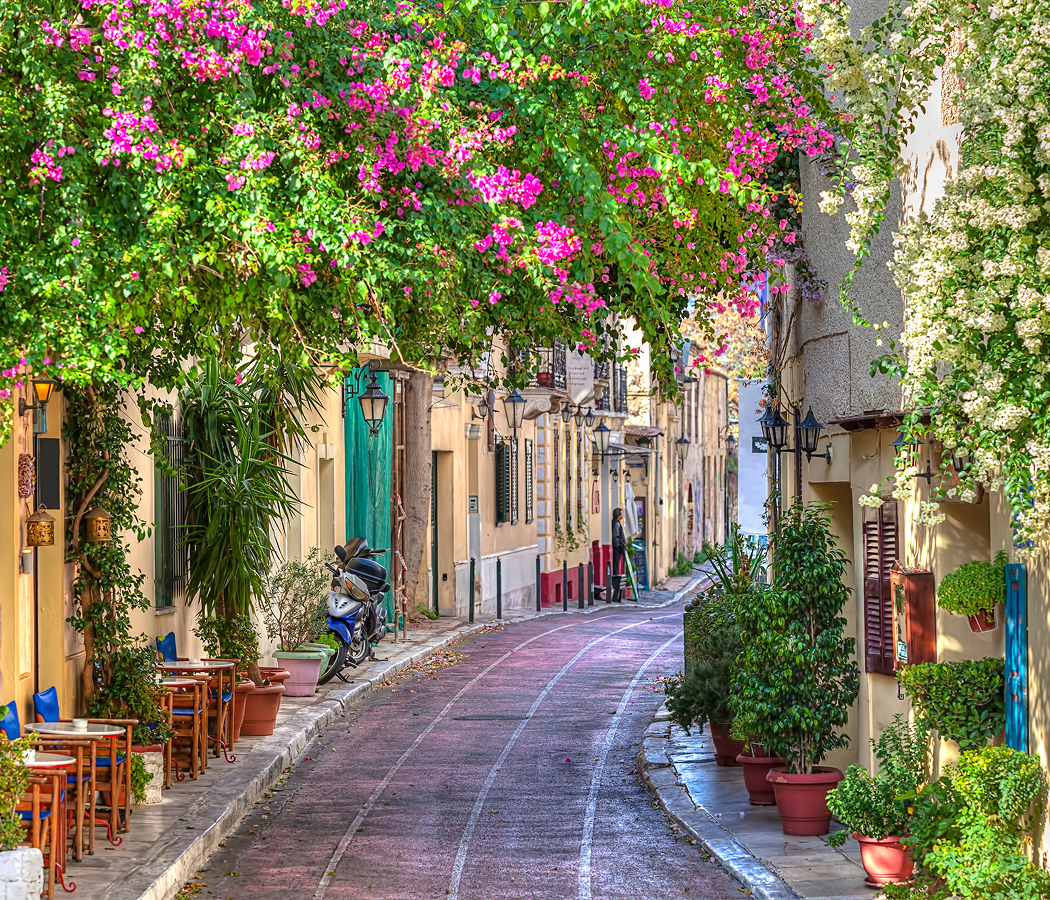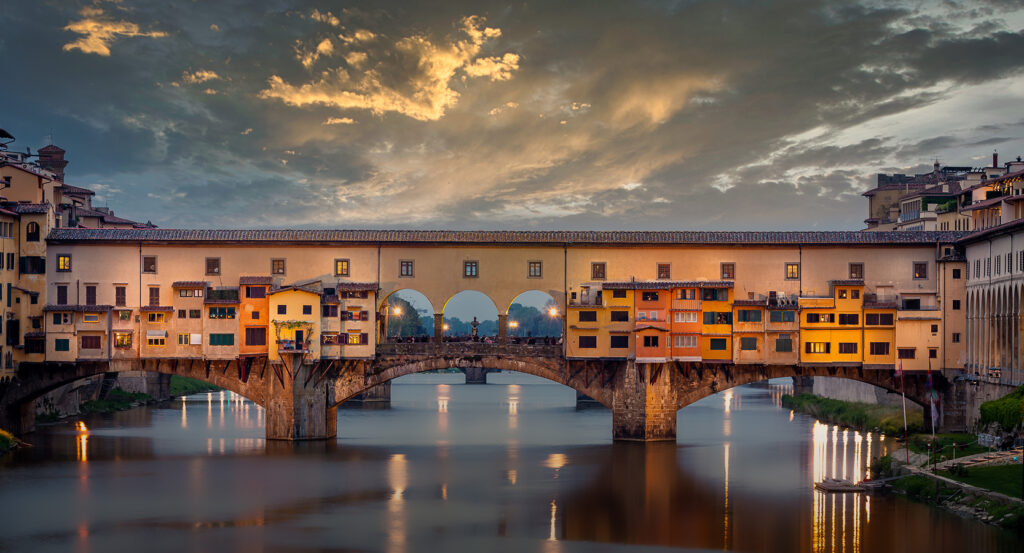
Why you should experience Ponte Vecchio in Florence.
Ponte Vecchio isn’t just a bridge, it’s Florence suspended in time, where art, commerce, and romance intertwine above the slow-moving Arno.
Arched gracefully between the riverbanks, this medieval stone bridge has seen everything, floods, wars, lovers, and kings, yet its soul remains untouched. The moment you step onto its cobblestones, the air changes. Gold glimmers in shop windows, the scent of leather mixes with river air, and the hum of conversation floats between shutters that have opened for centuries. The shops that line both sides, jewelers, goldsmiths, and silversmiths, seem to glow like the treasures they hold. Above them runs the Vasari Corridor, the secret elevated walkway built by Duke Cosimo I de’ Medici to connect the Uffizi Palace to the Pitti Palace, allowing the Medici family to cross unseen. Below, the Arno reflects the bridge’s arches in liquid gold at sunset, turning the scene into a living painting. Yet Ponte Vecchio is more than its beauty, it’s a heartbeat, the bridge that never fell, the only one in Florence spared destruction during World War II by Hitler’s direct order. To walk it is to cross not just a river, but centuries of Florentine resilience.
What you didn’t know about Ponte Vecchio.
The Ponte Vecchio’s story is one of endurance, artistry, and quiet defiance.
First constructed in Roman times, the bridge we see today dates back to 1345, likely designed by Taddeo Gaddi or Neri di Fioravante. Its three wide arches were revolutionary for their time, both elegant and strong, surviving the floods that destroyed earlier wooden structures. In the Middle Ages, the bridge was lined with butcher stalls, fishmongers, and tanners who dumped their waste directly into the Arno below, filling the air with an unforgettable stench. In 1593, Duke Ferdinand I de’ Medici banished these trades and replaced them with goldsmiths, elevating the bridge from a place of grime to one of grace. Since then, it has gleamed as Florence’s “golden bridge,” a symbol of craftsmanship and refinement. Above the bustle, the Vasari Corridor, that private passageway of the Medici, became an emblem of Florence’s political and artistic might, linking power with beauty in literal form. During World War II, all bridges in Florence were destroyed by retreating German forces except Ponte Vecchio. Hitler himself, struck by its beauty, ordered it spared. Yet the surrounding buildings were bombed to block access, leaving the bridge isolated but miraculously intact, a survivor amid ruin. Today, its structure bears silent witness to that act of preservation, its stones holding both history’s scars and its grace. Few realize that its shutters, painted green and gold, are designed to mimic the color palette of the Tuscan countryside, blending art with landscape even in architecture.
How to fold Ponte Vecchio into your trip.
To experience Ponte Vecchio fully, you must do more than walk across, you must linger.
Visit early in the morning, when the goldsmiths are just unlocking their shutters and sunlight spills softly across the Arno. Listen to the quiet creak of the bridge waking up, the sound of shopkeepers sweeping ancient thresholds. Pause at the midpoint and look upriver toward the Ponte Santa Trinita, its reflection shimmering like glass. The Arno seems still here, as though holding its breath for the day to begin. Step into one of the jewelry boutiques, many have been family-run for generations, and you’ll find stories woven into every bracelet and ring, the legacy of artisans whose hands have shaped Florentine gold for centuries. As afternoon comes, cross the bridge toward the Oltrarno, the city’s bohemian heart. There, tiny cafés and artist workshops spill into cobblestone lanes, a continuation of the creative spirit that began on the bridge itself. But the true magic arrives at sunset. Stand near the center as the sky ignites in shades of rose and amber, and the Arno mirrors it back in perfect symmetry. The bridge glows from within, the hum of street musicians rising with the fading light. Return again at night, when the crowds have thinned and the jewelry shutters are closed, the bridge becomes silent, the air cool, the city reflected in shadowed water. In that stillness, you’ll understand why Ponte Vecchio isn’t merely a landmark, it’s a living poem, a place where Florence gathers all its beauty, survival, and soul into one enduring crossing.
Hear it from the Foresyte community.
Feels less like a bridge and more like a stage. Shops glitter, river reflects it all. Everything feels untouchable.
Where meaningful travel begins.
Start your journey with Foresyte, where the planning is part of the magic.
Discover the experiences that matter most.















